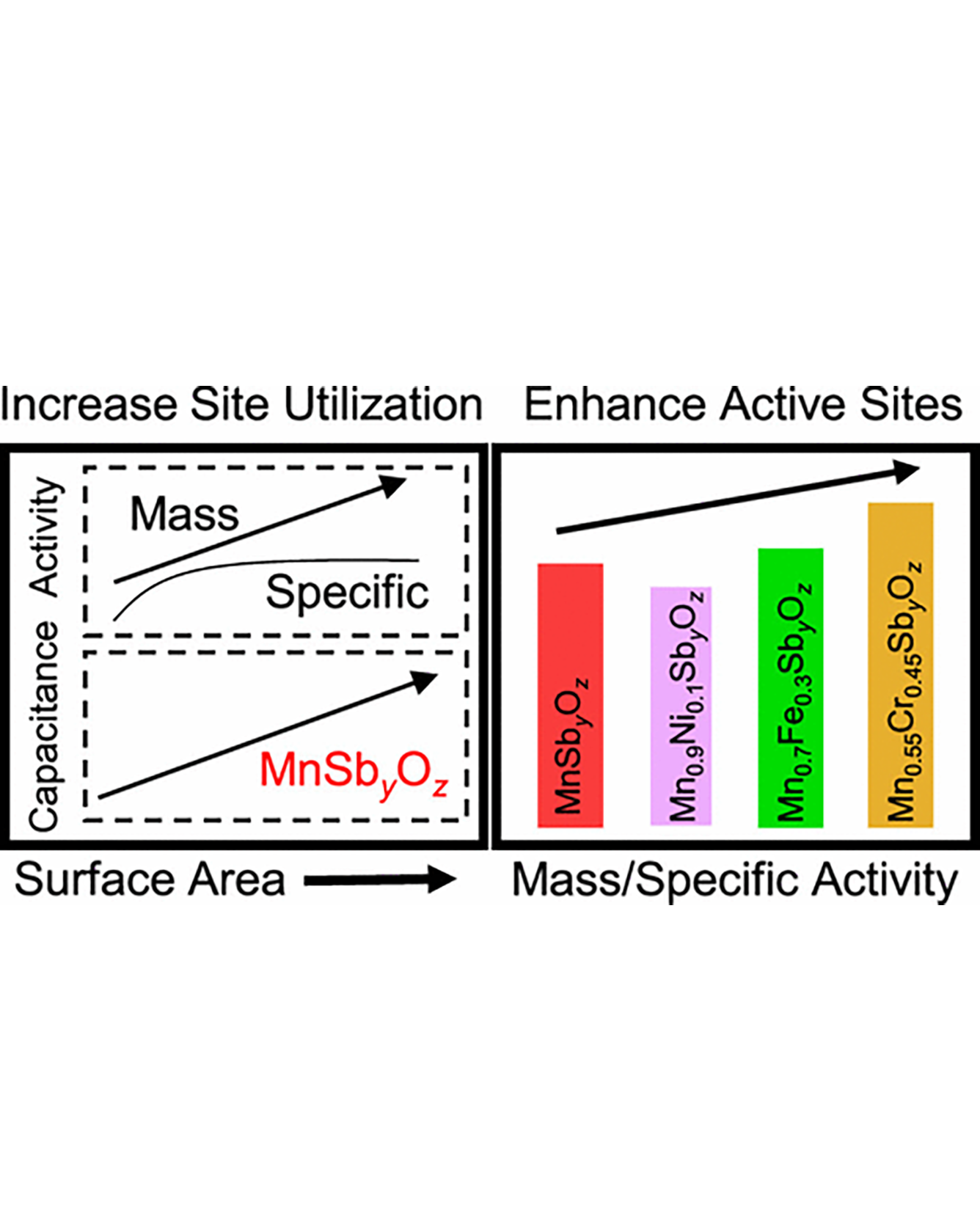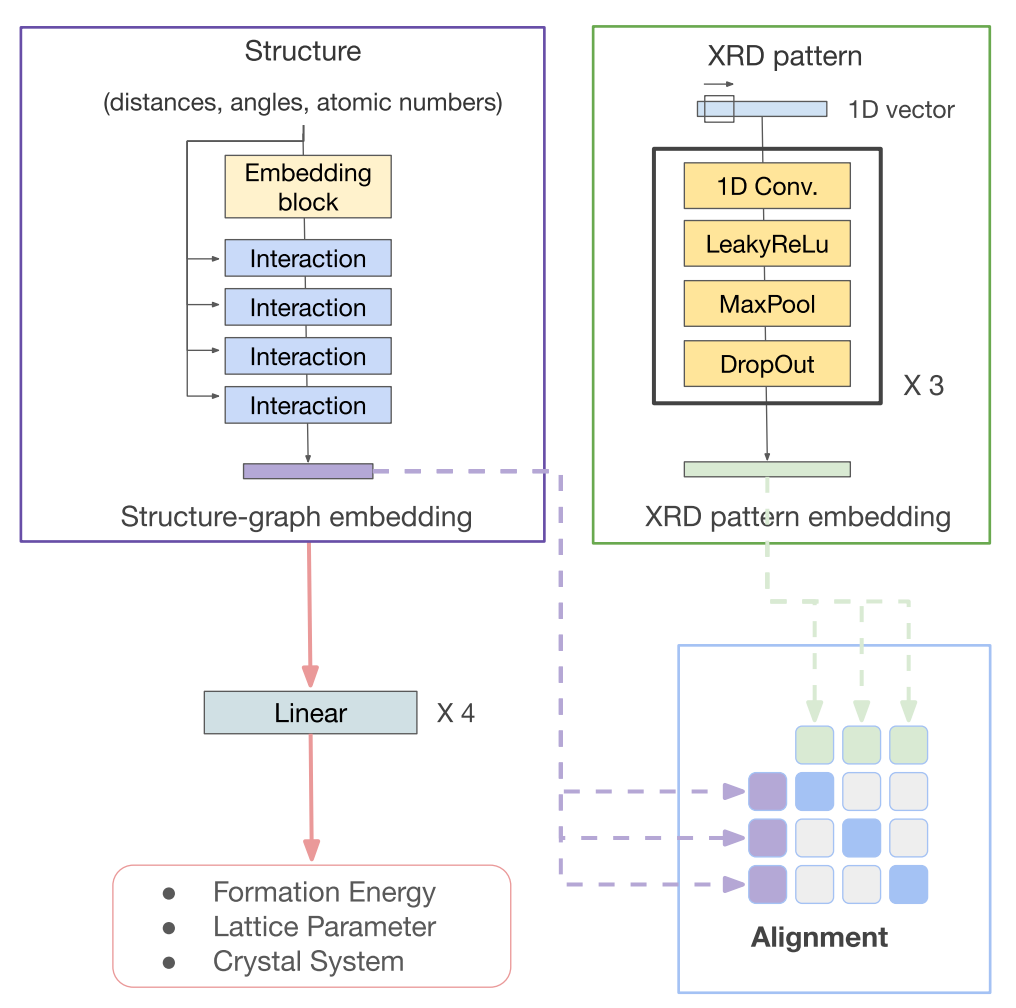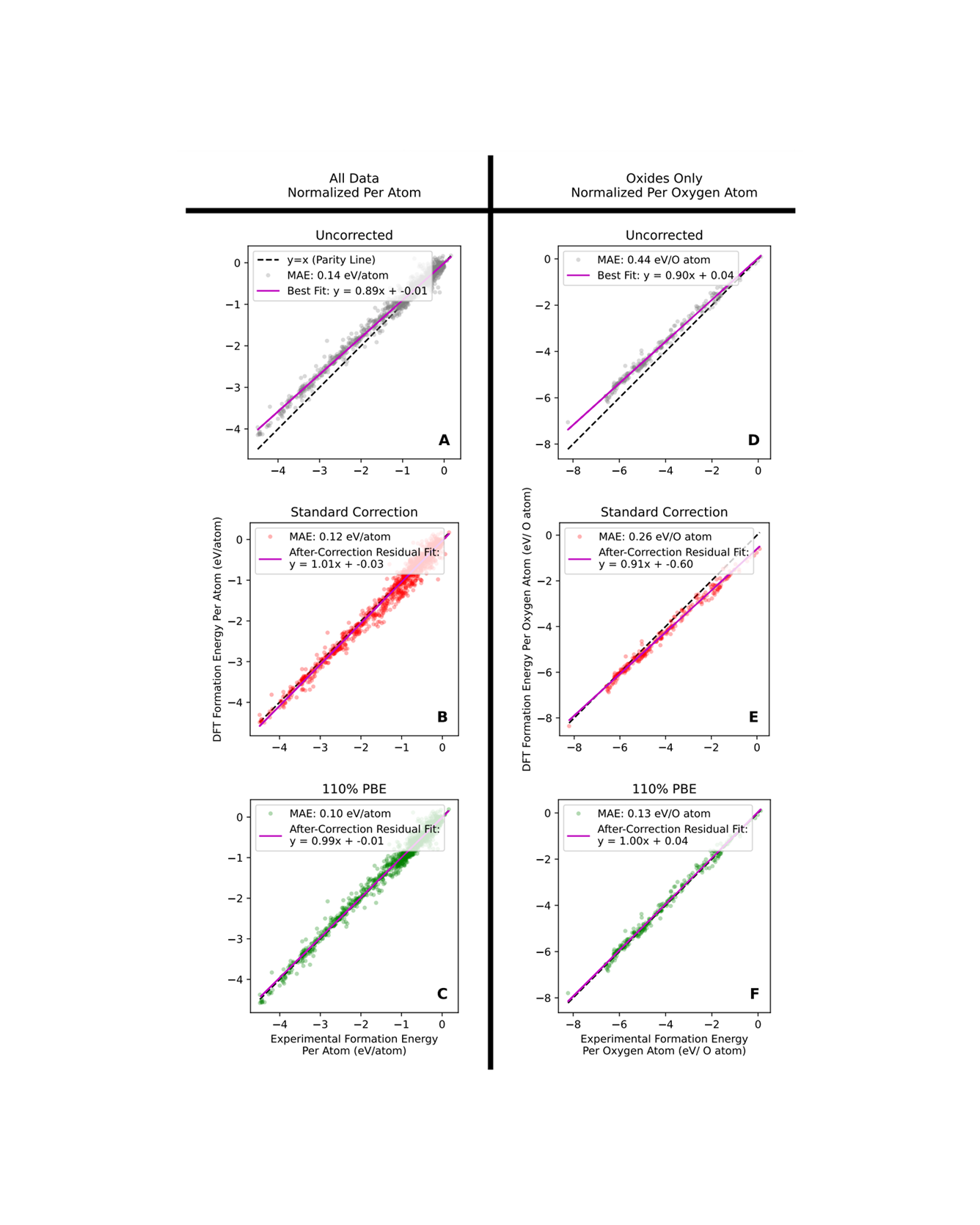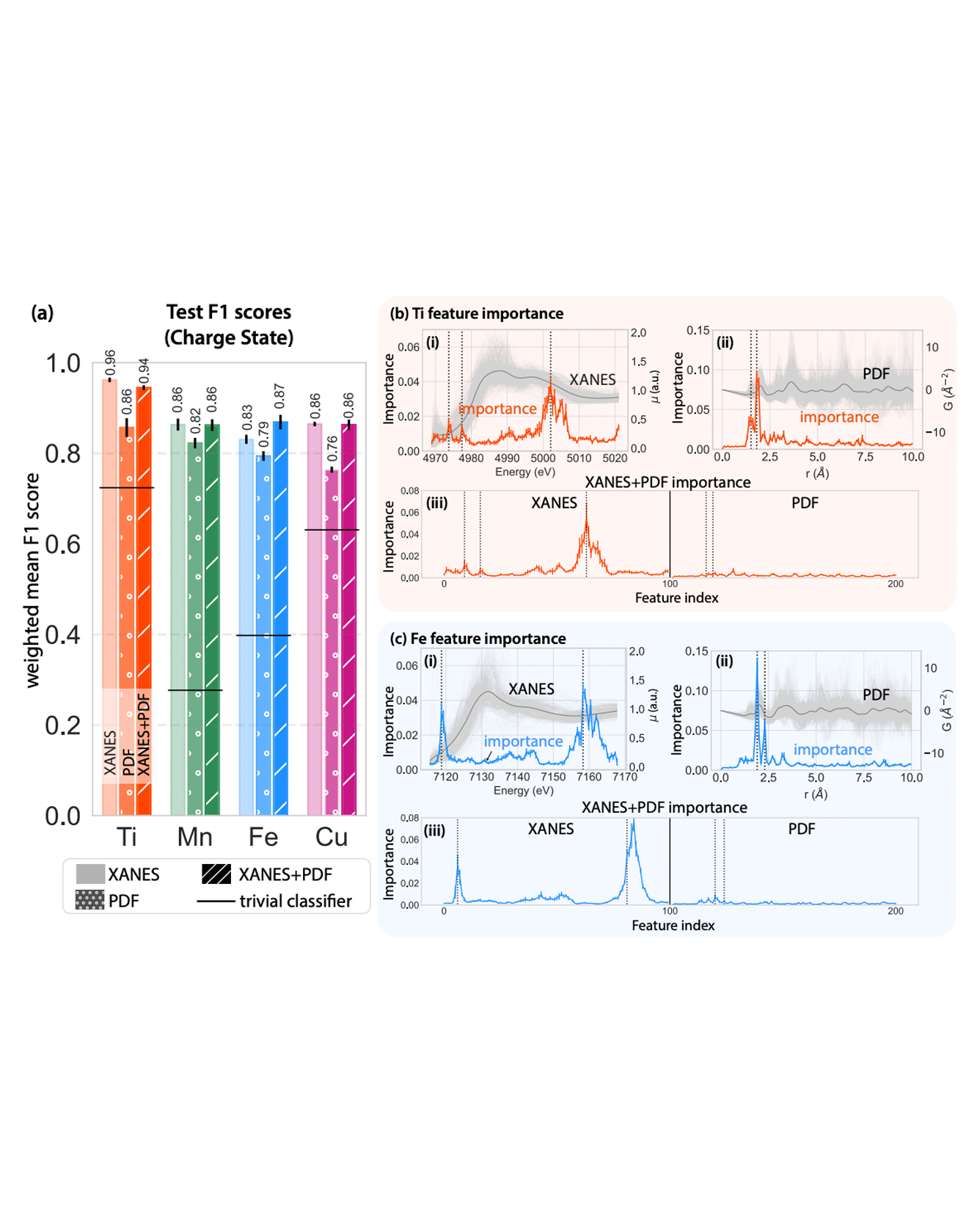
Strategies for improving the performance of nonprecious metal catalysts for the oxygen reduction reaction (ORR) can facilitate the cost-effective deployment of fuel cell devices. Electrocatalyst performance is typically improved via two approaches: increasing the number of active sites and increasing the intrinsic activity of the active site. Herein, we utilize these two methods of improving performance for MnSb2O6, which we have recently shown to be a promising ORR catalyst due to improvements in per-metal-site activity in the antimonate framework. First, electrode engineering is used to investigate the role of mass and conductive support loading in the observed ORR performance and selectivity. The apparent 2-electron selectivity is found to decrease with increases in mass and/or conductive support loading, indicating that rotating ring disk electrode studies do not necessarily measure the intrinsic selectivity of the catalyst. Second, theoretical calculations are used to identify Cr, Fe, and Ni as promising first-row transition metals for improving the intrinsic activity of MnSb2O6. Experimentally, the addition of Cr results in 3-fold and 2-fold increases in the mass and specific activities at 0.7 V vs the reversible hydrogen electrode, respectively. This enhancement is attributed to the modulation of the active site structure and Mn oxidation state with the addition of Cr. Through these studies, we gain insight into the intrinsic and extrinsic factors that govern ORR performance. READ MORE


